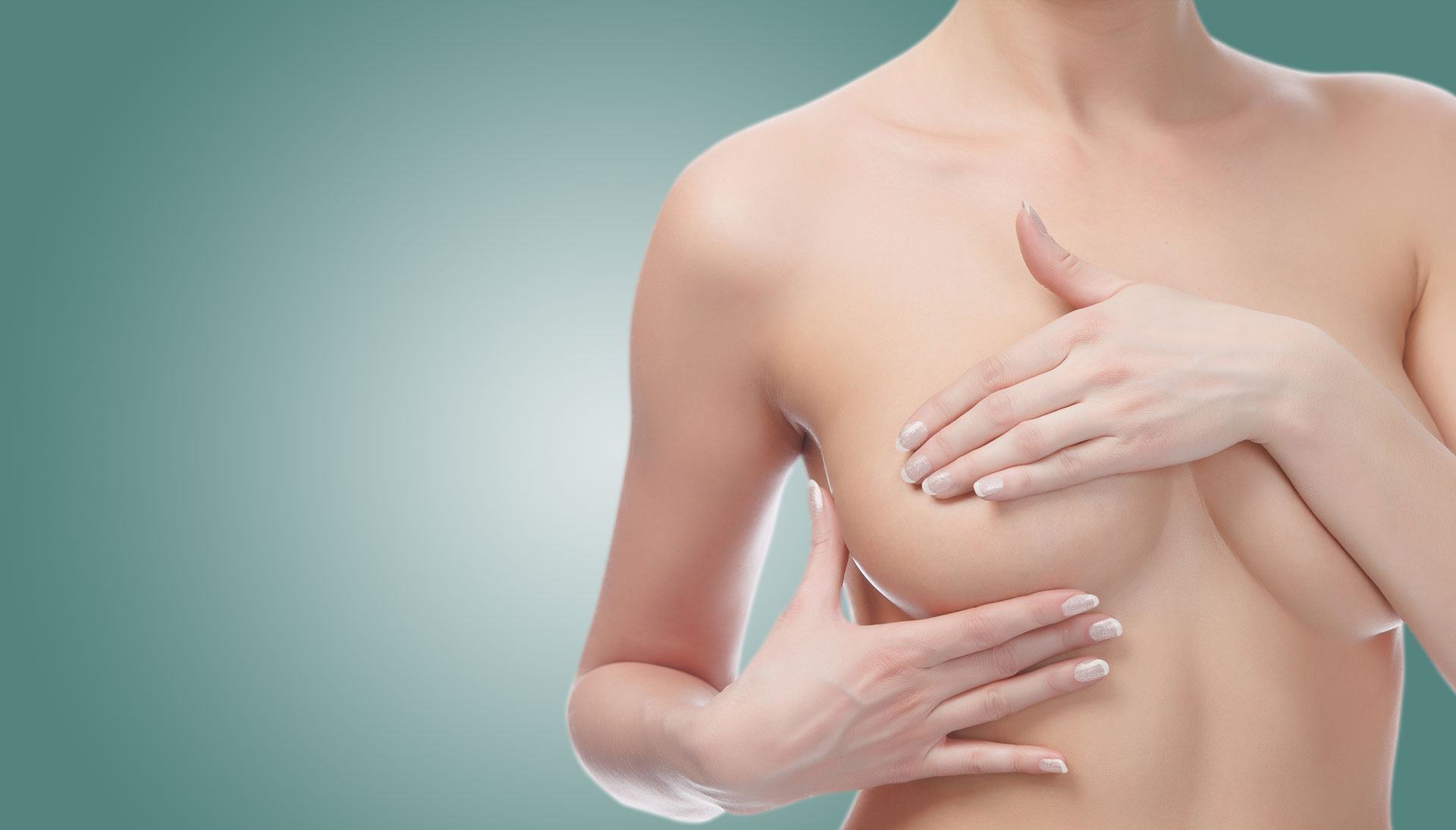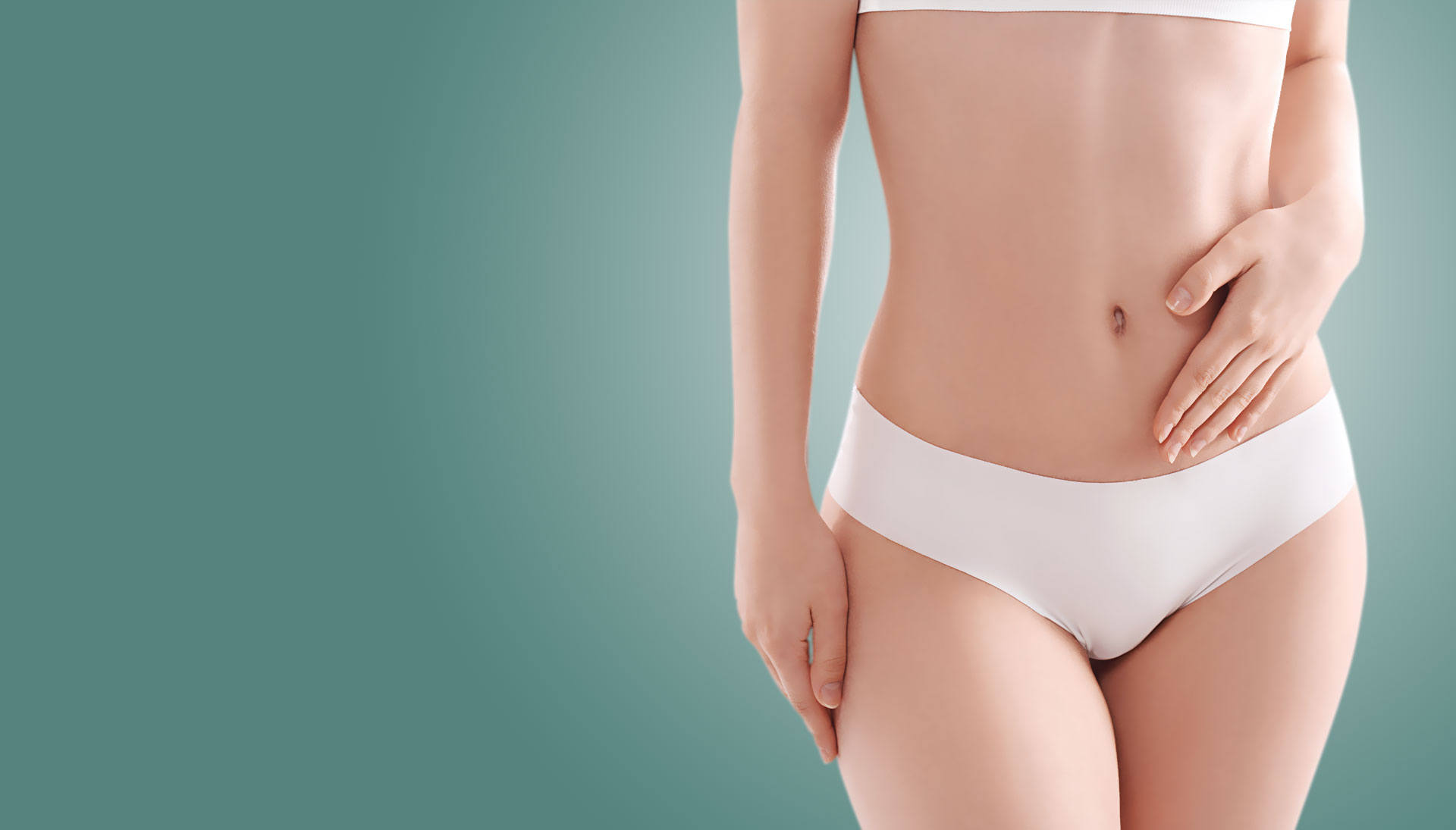Fat Injections
FAT TRANSFER
Fat transfer have been used to fill facial flaws such as hollowed cheeks and sunken eyes or indented scars. Today, fat transfer is used to augment many other areas of the body, including the buttocks, calf muscles, breasts, hands. Fat transfer is considered the traditional method for surgically rounding out the edges of a small localized area of the body as compared to the body implant approach in which implants are used to produce a more shapely appearance required by a larger area of the body. The beauty of a fat transfer is that the materials used to augment the desired body part are your own fat cells. This makes the procedure unquestionably bio-compatible and non-allergenic. Also, a body fat transfer feels more natural than a body implant. The goal of the procedure is to improve the appearance of the localized body-part area that needs improvement.
A percentage of the injected fat is absorbed (around 40-50 percent) so patients may require more than one treatment to achieve the best results. Each time the procedure is repeated, more fat is accumulated in the treated area. This tends to offer longer-lasting results, even lifetime results.
IS FAT TRANSFER RIGHT FOR ME?
Exercise is the best way to improve the appearance of your body; however, aging and genetics may make workout programs unrealistic for certain small areas of the body. Genetically, fat may be unevenly distributed causing disproportional features. Patients in their mid 30’s to 70’s who have lost volume in a specific body area may benefit from fat transfers. Realistic expectations are extremely important in the decision for a fat transfer.
The Fat Transfer Procedure
The procedure is often performed under “twilight sedation,” which includes a combination of medications that make you feel sleepy and numbed, but awake. The procedure may be performed also under general anesthesia. The procedure varies depending upon the technique and the area to be treated. The most commonly treated locations are the face, buttocks, breast, calf, and hand (for rejuvenation the fat cells are processed and purified on). Fine canullas are used to harvest and transfer the fat cells at the recipient areas. The fat cells are processed and purified before the re-injection. It takes three to four days for the first capillaries in the body to reach the transplanted fat cells. Unfortunately, during those three to four days, up to 40-50 percent of the transferred fat cells will die. For this reason, Dr. Skarparis will overfill the treated area to allow for the dissipation of transferred fat cells. Since many of the transferred fat cells may eventually be reabsorbed in the body, the results may be unpredictable. The results of fat transfers may last for many years. Many cases result in the transfer lasting a lifetime. Each time the procedure is repeated, more fat is accumulated in the treated area. This tends to offer longer-lasting results.
After Fat Transfer Surgery
Dr. Andreas Skarparis will instruct you about the postoperative care. There is typically swelling and some bruising. The swelling may last for several weeks. However, bruising will subside within a few days. Discomfort can be managed with oral medications. Normal activities can often be resumed almost immediately, except that you are advised to stay out of the sun. Patients should notice a marked improvement after the procedure. However, final results may not be evident for several months or longer.
Complications and Risks
Complications are possible with any medical procedure, but complications from fat transfers are infrequent. The most common, but infrequent, complications of fat transfers include uneven skin texture and infection. If fat is injected into two or more areas, patients may have asymmetry whereby the fat appears uneven in different areas. Treatment for complications can range from oral medications to surgical intervention, depending upon the extent of the complication. Following the doctor’s instructions before and after the procedure can reduce the risk of complications.




